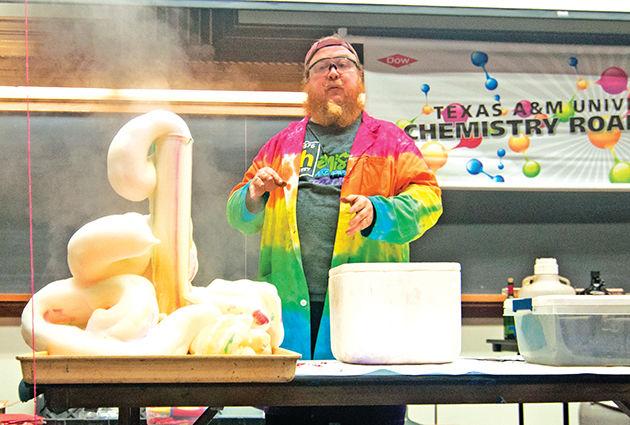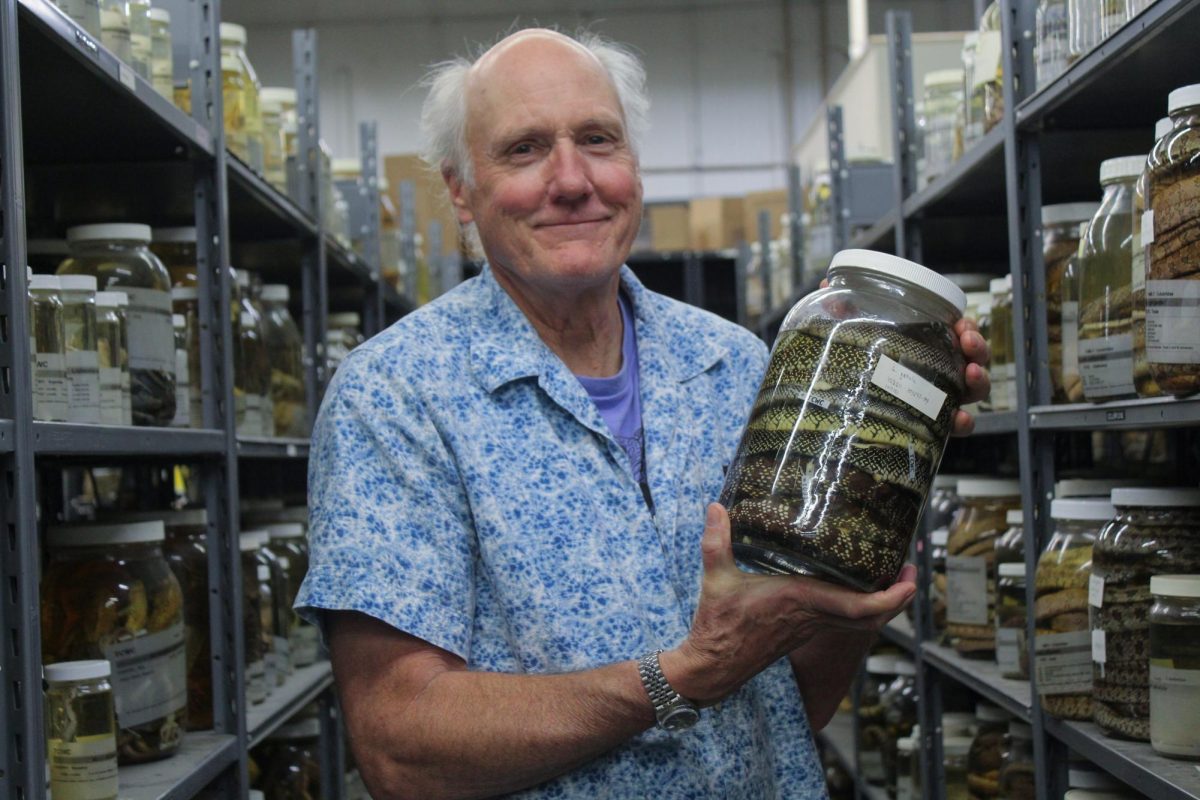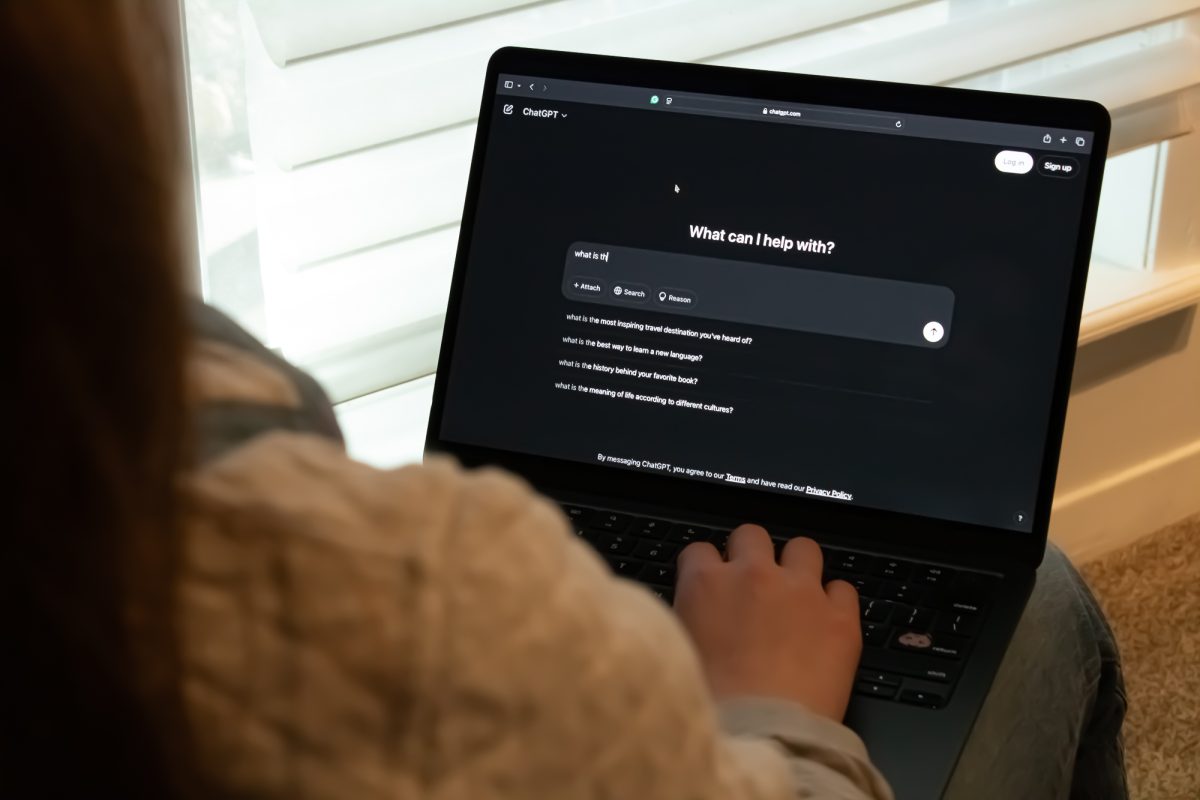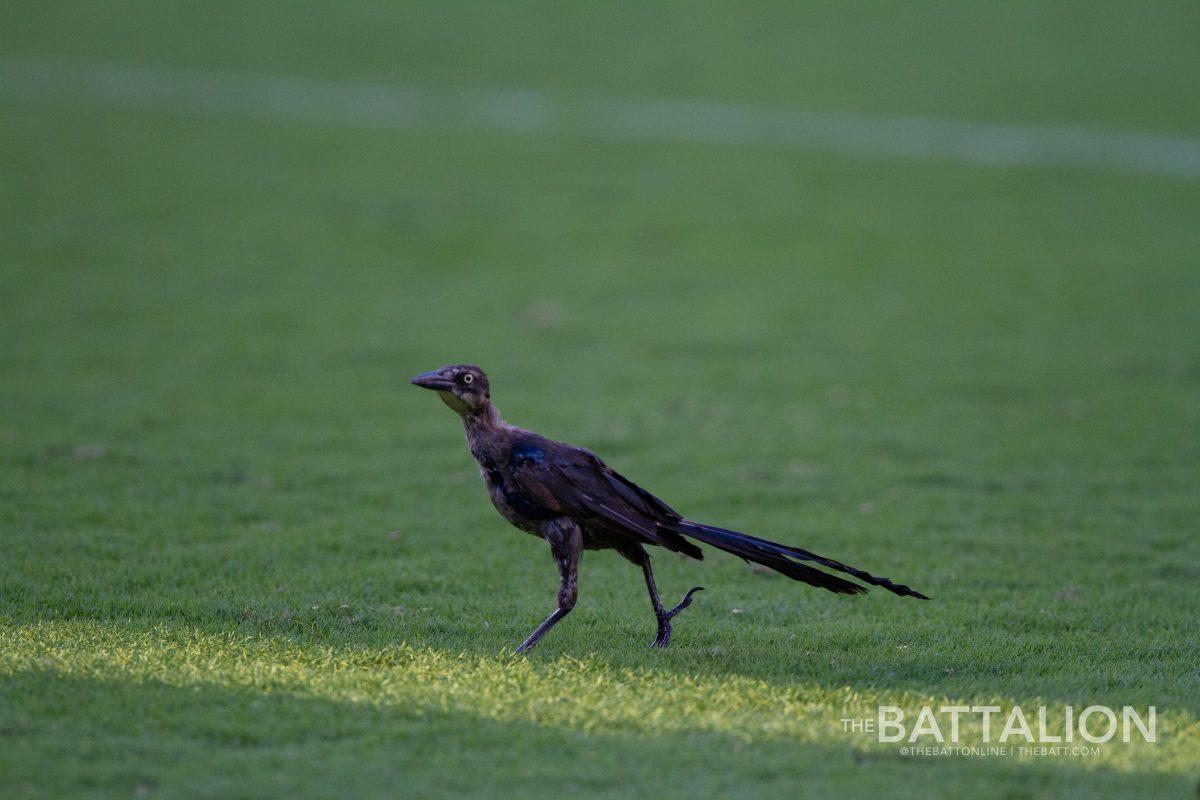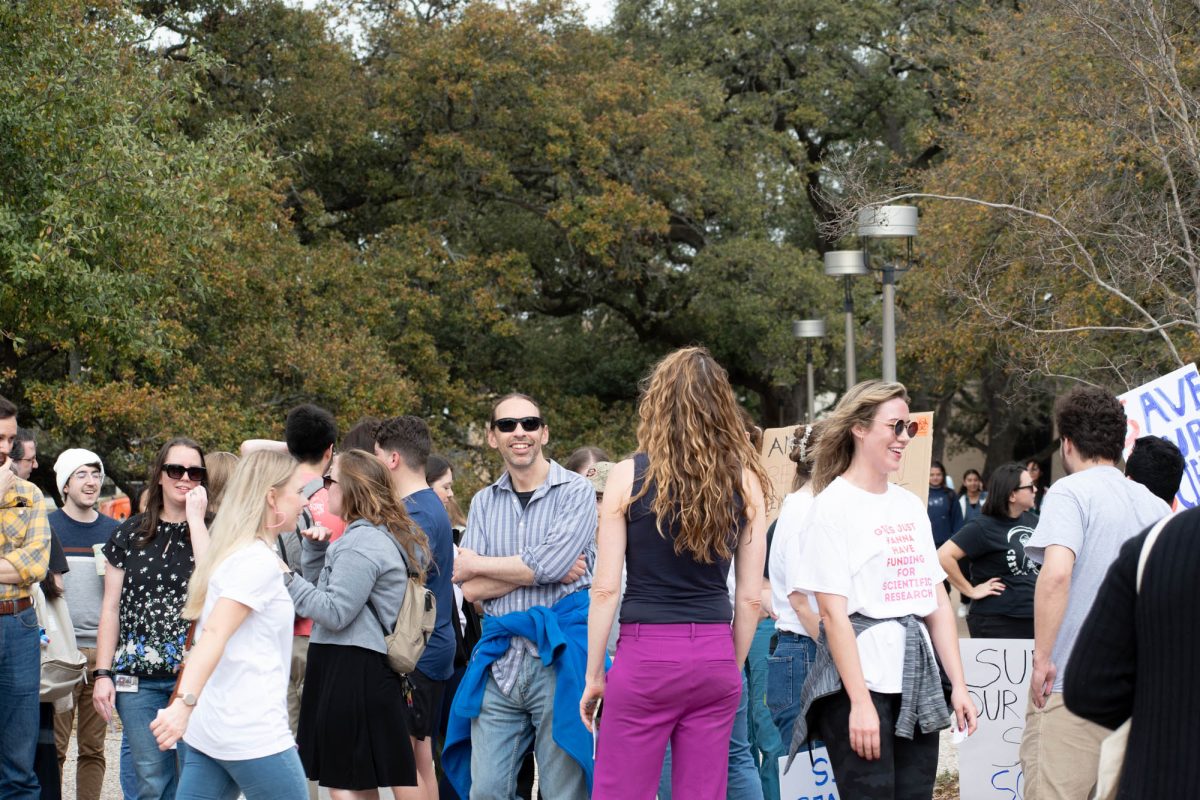Rocket launches, DNA extraction and a five-barrel depth charge — these are only a few of many exciting science events happening this spring semester both worldwide and at Texas A&M.
Beginning with the annual Chemistry Roadshow will be on Feb. 11, senior lecturer and research associate Jim Pennington will present educational and exciting chemistry demonstrations including super slime and polymer smoothies for people of all ages.
Daniel Waldie, chemical engineering sophomore, said the Chemistry Roadshow is an outreach to gain public appreciation for chemistry and make science come to life.
“The Chemistry Roadshow is a great opportunity to get kids and people of all ages interested in science and explain why things happen through chemistry,” Waldie said. “It is really satisfying volunteering for the Roadshow because you get to share your passion with others, and it helps you better understand concepts by explaining them to others.”
People should also turn their attentions to the sky in February. Feb. 10 there will be a penumbral lunar eclipse, when the Moon moves through the Earth’s outer shadow, and on February 26 there will be a annular solar eclipse. Additionally, from February to mid-March, SpaceX and NASA plan to carry supplies and hardware to the International Space Station. Also next month is the return of NASA astronaut Shane Kimbrough and cosmonauts Sergey Ryzhikov and Andrey Borisenko from the ISS.
One of the largest STEM outreach programs at Texas A&M this semester will be the physics and engineering festival April 1 at the Mitchell Institute. Keynote speakers include astronaut Bonnie Dunbar and Nobel Laureate David Lee. Every year, crowds gather at A&M to watch fascinating physics demonstrations lead by faculty and students.
“The goal is to get all people together to celebrate science,” said physics professor Tatiana Erukhimova. “Everyone together and everyone enjoying. There will be 200 engaging hands-on demonstrations that people really appreciate. This event is not just to open the doors and say look how great we are, the goal is to say please come here and enjoy, let’s celebrate.”
Also partnering in the physics and engineering festival is A&M’s DEEP program — Discover, Explore and Enjoy Physics — where students collaborate to design, create and present science experiments at different exhibitions and festivals over the course of the semester.
“It’s crucial for our students to serve the community — our students use their expertise to present demonstrations and physics concepts to the public — and that’s not easy,” Erukhimova said. “When you talk to five-year-olds and talk to 70-year-olds, you have to tailor your presentation to your audience. This requires a deep understanding of the material, so for students it’s really important.”
An ongoing event A&M holds is bi-monthly star parties, organized by professor of physics and astronomy Jennifer Marshall. Starting this February, star parties are held in two main locations either outside at Sbisa or at Simpson Drill Field, weather permitting. Marshall said the star parties give students, or any local citizen, the opportunity to look through a telescope and see the Moon, stars and galaxies.
“Everyone likes looking through a telescope, everyone wonders what’s going on or what things look like in our universe and in our sky so we give explanations at all levels — we are open to all to anyone who is curious,” Marshall said.
Another semester-long outreach program is the Physics Show sponsored by A&M’s Physics Department. Beginning this month, local schools and grades of all ages commute to A&M for a 90-minute presentation featuring interactive physics demonstrations, hands-on activities and a plastic-ball depth charge.
“Schools come [to A&M] and get more because we set up hands-on demonstrations, including the depth charge grand finale, that I cannot bring with me to schools,” Erukhimova said. “People who come — elementary school or high school or middle school — they communicate with our students. So this is informal communication with Texas A&M students and this is also a very important part of this Physics Show.”
In regard to non-A&M events, there will be two meteor showers, the Lyrid Shower on the morning of April 22 and the Eta Aquarid Shower in the evening of May 4. Viewers are more likely to see a meteor in May with clear night skies.
What’s next in science
January 23, 2017
Photo by File
Science events, such the Chemistry Roadshow, features demonstrations which allow the community to learn more about science.
0
Donate to The Battalion
$2065
$5000
Contributed
Our Goal
Your donation will support the student journalists of Texas A&M University - College Station. Your contribution will allow us to purchase equipment and cover our annual website hosting costs, in addition to paying freelance staffers for their work, travel costs for coverage and more!
More to Discover




